
Privacy statement: Your privacy is very important to Us. Our company promises not to disclose your personal information to any external company with out your explicit permission.
PRODUCT CATEGORIES
View:
Brand: Xinhuafeng
Packaging: wooden case packing
Supply Ability: 100000 Piece/ per Month
Min. Order: 1
Certificate: ISO9001
XINHUAFENG’s Thread Weld on Bung Fittings Joint Rod Ends are precision-engineered Pipe Fittings designed for reliable and durable connections in industrial piping systems. Our core product line includes the popular Thread Weld on Bung Fittings 1.25"" and Thread Weld on Bung 1.25"" OD, which stand out for their robust...
Brand: Xuinhuafeng
Packaging: wooden case packing
Supply Ability: 100000 Piece/ per Month
Min. Order: 1 Piece/Pieces
Certificate: ISO9001
Stainless Steel 316L Thread Weld Union Pipe Fittings - Industrial-Grade Piping Solutions
Product Overview
XINHUAFENG’s Stainless Steel 316L Thread Weld Union Pipe Fittings are premium piping components engineered for reliability and performance in demanding industrial environments. As a core product line, these Thread...
Brand: Xinhuafeng
Packaging: wooden case packing
Supply Ability: 100000 Piece/ per Month
Min. Order: 1
Certificate: ISO9001
Stainless steel socket weld fittings are pipeline connection components that combine the characteristics of socket-type and weld-type connection technologies. They offer advantages such as high connection strength, excellent sealing performance, and strong corrosion resistance, and are widely used in fields including...
Brand: Xinhuafeng
Packaging: wooden case packing
Supply Ability: 100000 Piece/ per Month
Min. Order: 1 Piece/Pieces
Certificate: ISO9001
Threadolet: Advanced Branch Pipe Fitting Revolutionizing Pipeline ConnectionsAs a cutting-edge reinforced pipe fitting for branch pipe connections, Threadolet has gained widespread popularity in foreign markets in recent years, effectively replacing traditional methods such as reducing tees, reinforcement plates, and...
Brand: Xinhuafeng
Packaging: wooden case packing
Supply Ability: 100000 Piece/ per Month
Min. Order: 1 Piece/Pieces
Certificate: ISO9001
Introduction to Welding LoopsWelding loops can be regarded as a special pipe fitting or connection method that plays a vital role in pipe systems. They connect pipes together by welding to form a continuous and complete pipe system, and can be customized according to specific application scenarios and needs. In...
China Welded Fittings Suppliers

Material
carbon steel, stainless steel, alloy steel, non-ferrous metals and plastics etc.
Application scenarios
petroleum, chemical, electric power, metallurgy, shipbuilding, food, medicine and other industries
Product Detail




Application areas
The application areas of pipelines are very wide, mainly including municipal engineering, building water supply and drainage, industrial production, agricultural irrigation, new energy and other fields.
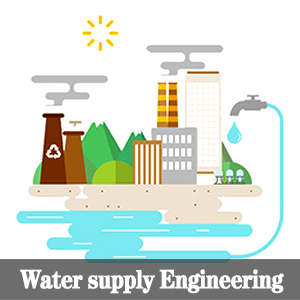
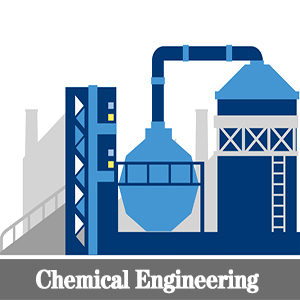
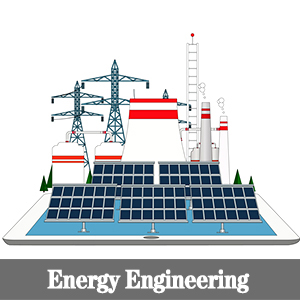
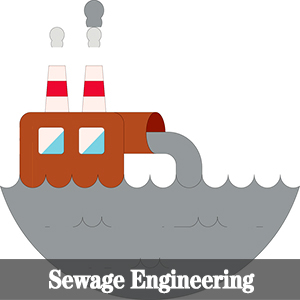
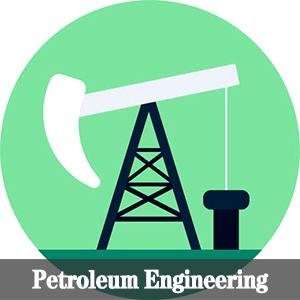

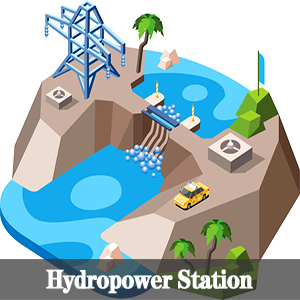
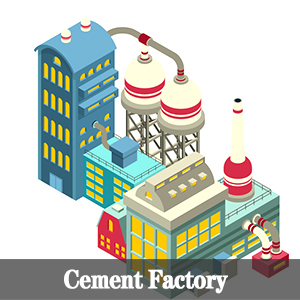
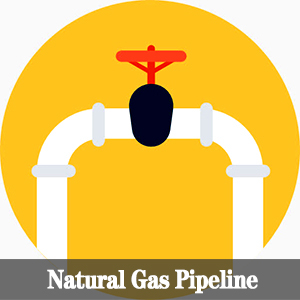
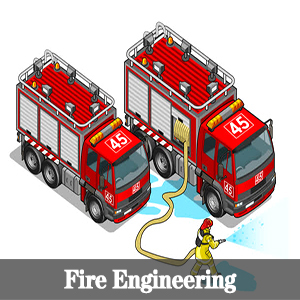


FAQ
Important things you should know








Home > Products > Butted Weld Fittings > Welded Fittings
Send Inquiry

Ms. Jing Wang
Related Products List
Mobile Site


Privacy statement: Your privacy is very important to Us. Our company promises not to disclose your personal information to any external company with out your explicit permission.

Fill in more information so that we can get in touch with you faster
Privacy statement: Your privacy is very important to Us. Our company promises not to disclose your personal information to any external company with out your explicit permission.